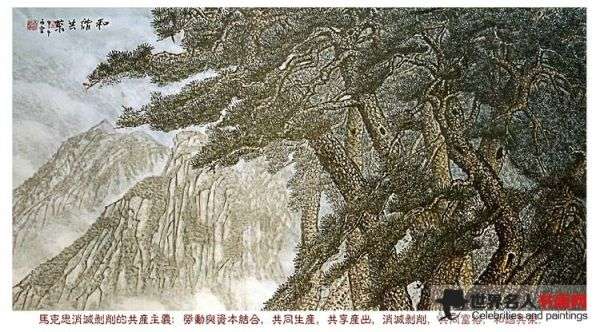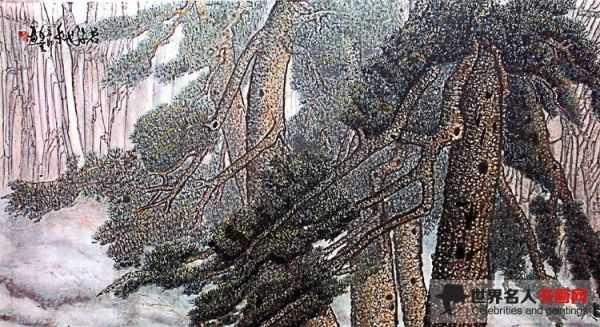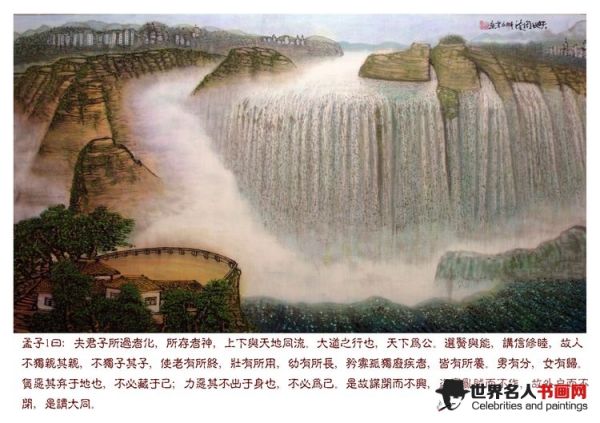来源:世界名人书画网 作者:郭赋 2020-10-30 13:10:22
为推进世界各国文化艺术的交流与多元发展,践行中国政府“一带一路”和“构建人类命运共同体”的倡议,诚邀来自世界各国的众多艺术家,旨在弘扬中华民族优秀的文化艺术与世界各国的优秀文化艺术,为当代优秀艺术家与艺术爱好者以及世界各国的艺术机构架起一座沟通的友谊桥梁,现特邀华人艺术家汪天寿先生为广大读者献上一部辉煌的艺术盛典。
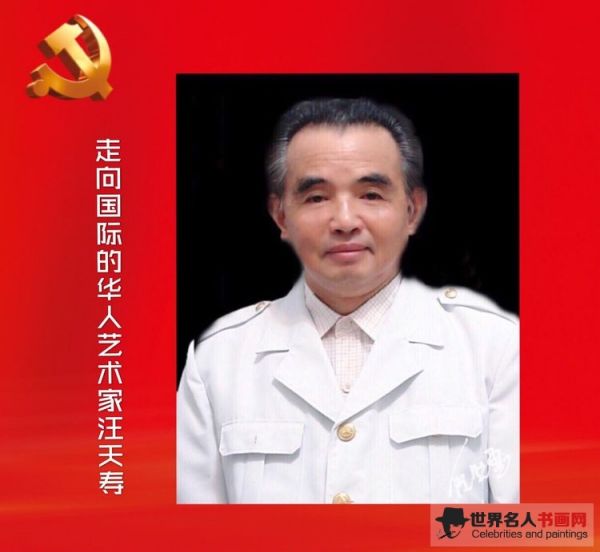
汪天寿字白云。共产党员。重庆市木耳镇人氏。出生于1940年3月7日。1969年毕业于四川大学电机工程系(原成都工学院)。1969年至71年在邛崃7854军垦农场劳动;1971年至1978年在武胜县农机厂工作。当过铸工、车工、钳工、锻工、机修工、电工,技术员。1978年至1983年在南充市电机厂工作,任设备科长、工程师、科研室主任。1983年调南充市顺庆区交通局工作,任总工程师、副局长。作者2000年退休后开始作画休闲。现为南充市美术家协会会员,中国国际书画艺术研究院终身书画家,教科文(中国)国际书画学会会员。中国高级书画家协会终身会员,中国国际艺术家协会顾问,中华文化研究院院士,全国名人书画艺术界联合会委员,中国炎皇艺术协会会员。中国国际现代艺术研究中心高级书画研究员,中国诗联书画院副院长兼书画专业特级研究员。中国名家画院院长。
Wang Tianshou is a white cloud. communist. People's family in Muer Town, Chongqing. Born on March 7, 1940. He graduated from the Department of electrical engineering of Sichuan University (former Chengdu Institute of Technology) in 1969. From 1969 to 71, he worked in Qionglai 7854 military reclamation farm; from 1971 to 1978, he worked in wusheng agricultural machinery factory. Worked as a foundry, Turner, fitter, forge, mechanic, electrician, technician. From 1978 to 1983, he worked in Nanchong electric machinery factory as equipment section chief, engineer and director of scientific research office. In 1983, he was transferred to the Transportation Bureau of Shunqing District of Nanchong City as chief engineer and deputy director. After retiring in 2000, the author began painting for leisure. He is now a member of Nanchong Artists Association, a lifelong calligrapher and painter of China International Academy of calligraphy and painting, and a member of UNESCO (China) International Painting and Calligraphy Association. He is a lifelong member of China Senior calligraphers and Painters Association, a consultant of China International Artists Association, an academician of the Chinese Academy of culture, a member of the National Federation of famous calligraphers and painters, and a member of China Yanhuang Art Association. He is a senior researcher in calligraphy and painting of China International Modern Art Research Center, vice president of the painting and Calligraphy Academy of China Poetry Federation and a special researcher of calligraphy and painting. President of the Chinese Painting Academy.
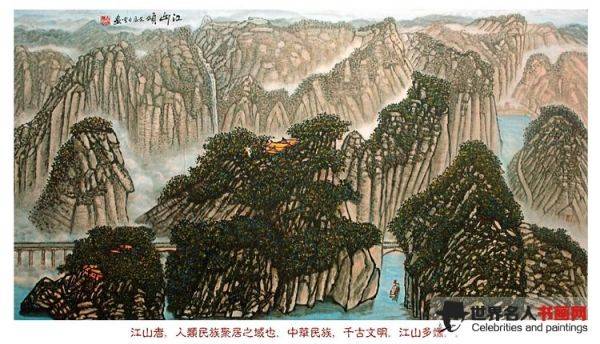
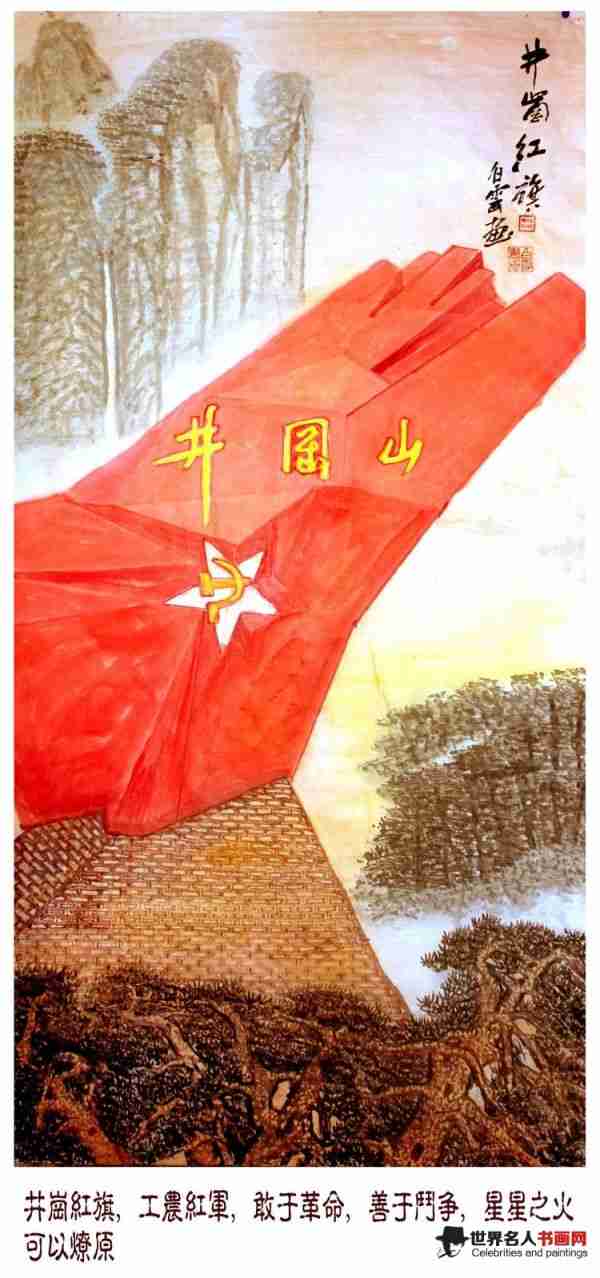
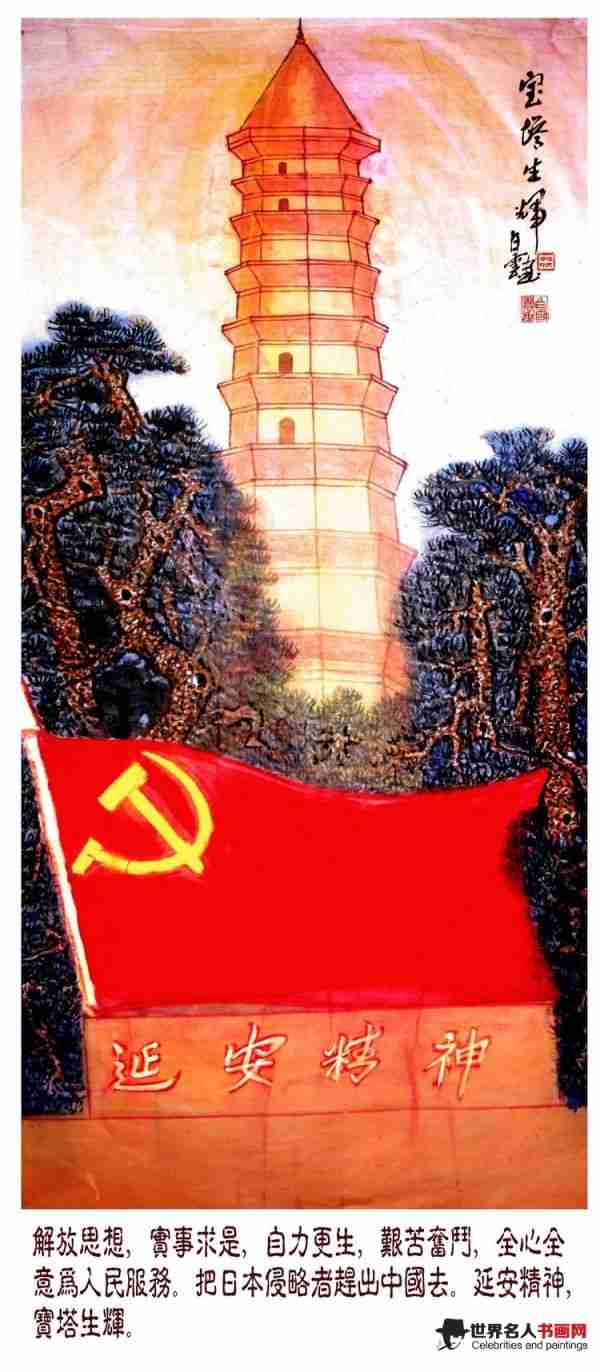
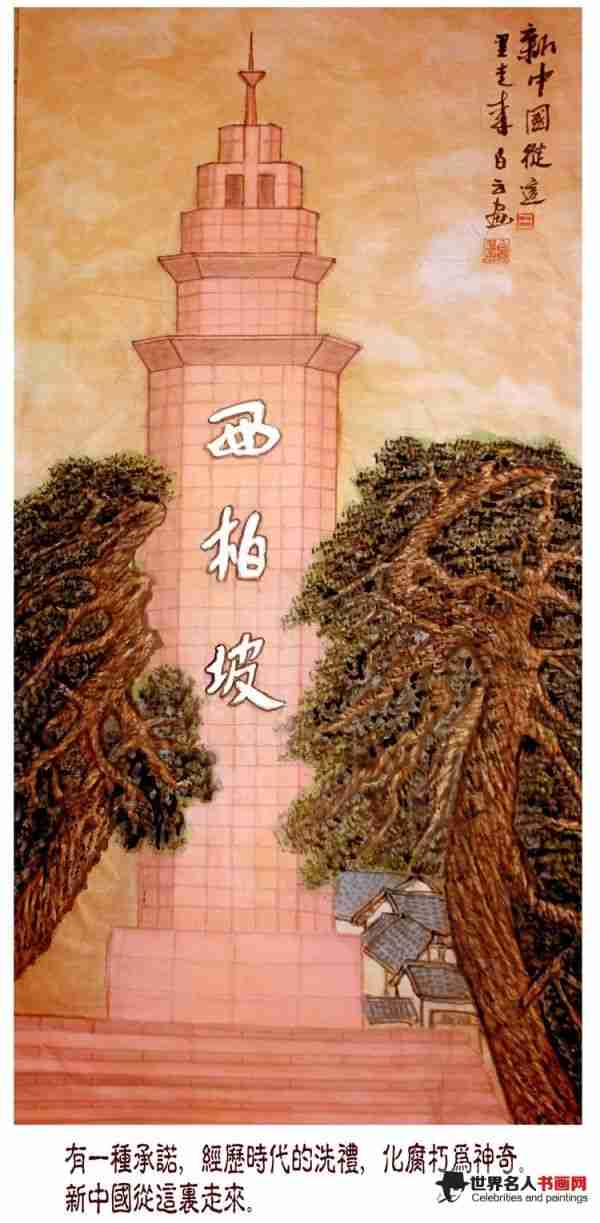
作品入编《光辉历程》、《丰碑-艺术49-09》、《名家名作》、《和谐中华》、《书画英杰》、《世纪风》、《中国美术30年》、《中华名流》、《艺术人生》,《中国辉煌》、《中华英才》、《中国报道文化专刊》、《人一生要知道的中国艺术家》、《中国书画大辞典》、《中国当代艺术收藏指南》、《当代国粹名家》、《走近艺术大师》《民族魂》《中国文艺四十年》,《大中华颂》,《传承与超跃-当代艺坛典范人物》,《国际华人杰出艺术家》,《2015感动中国艺术人物》,《传世诗词三百首》,等书藉。个人作品选集入编《中华传世名家系列专集》《中国最具魅力艺术家专刊》丛书。
His works have been included in brilliant journey, monument art 49-09, masterpieces, harmonious China, outstanding calligraphers and painters, century wind, 30 years of Chinese fine arts, Chinese celebrities and artistic life, "China's brilliance", "Chinese talents", "special issue of China's report on culture", "Chinese artists to know in one's life", "dictionary of Chinese calligraphy and painting", "collection guide of contemporary Chinese art", "contemporary Chinese quintessence masters", "approaching art masters", "national soul", "40 years of Chinese literature and art", "Ode to the Great China", "inheritance and Transcendence - model figures in Contemporary Art Circles", etc, "International outstanding Chinese artists", "2015 moving Chinese art figures", "300 poems handed down", etc. Selected works of his own have been included in the series of monographs of Chinese famous artists handed down from generation to generation and special issue of China's most charming artists.
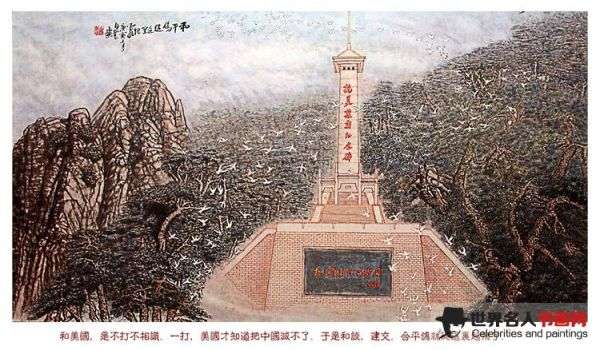
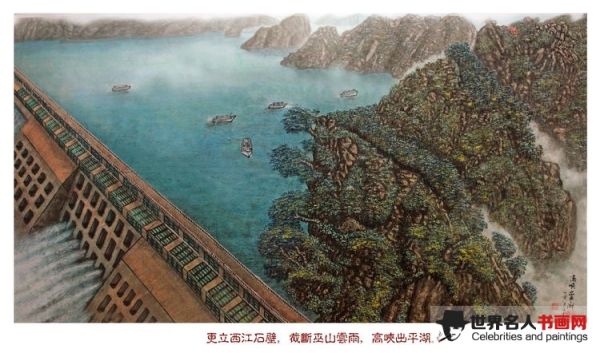
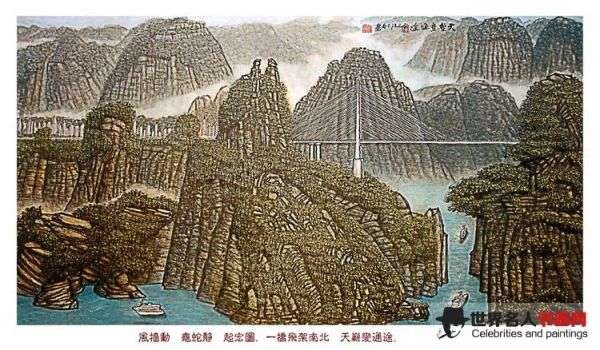
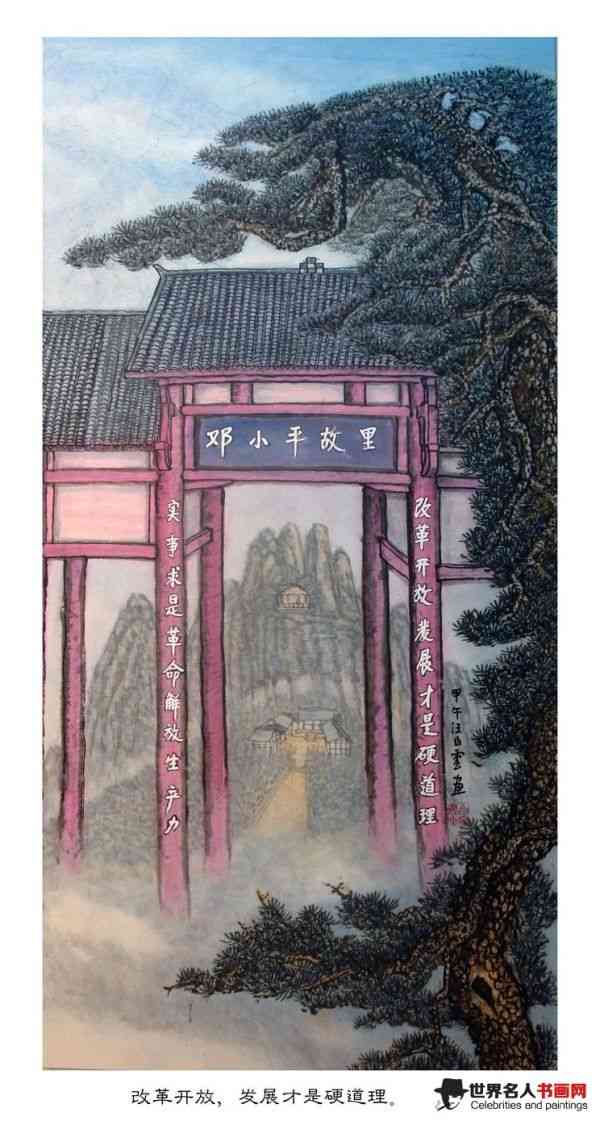
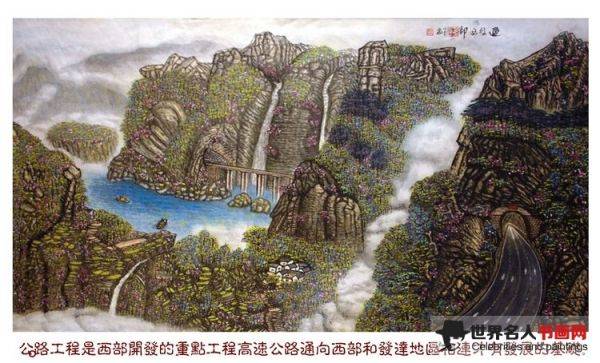
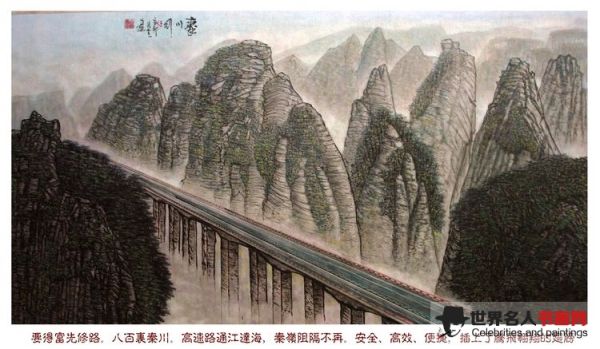
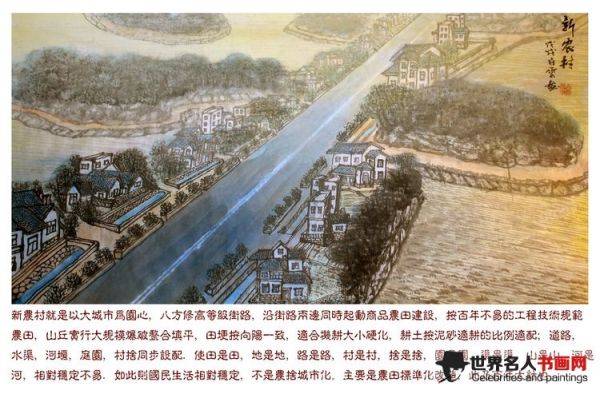
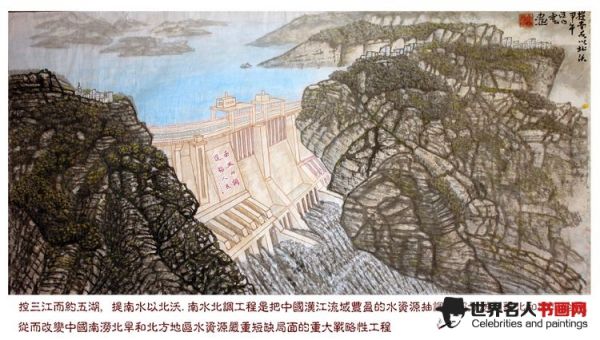
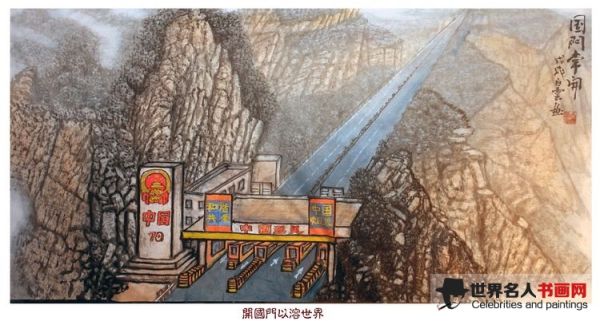
【天地山水】
作者:汪天寿(原创)
余60岁退休,以一生经历为资,写小说《平凡人生》以休闲。在电脑上学王码五笔,两年打字学会,小说也写了近百万字,于是在起点网上试发。上传到第十三回,传不上去了,显示“有非法字符”。可它又不指示那些字符是非法字符,修改困难。烦而不能畅神,乃弃之。转思作山水画休闲。于是遍搜古今山水画论画法读之。
前贤山水画立论可师者,如宗炳的《山水画序》、荆浩的《笔法记》、王维的《山水决》、《山水论》,韩掘的《山水纯全集》、方薰的《静山居画论》、郑绩的《梦幻居画学简明》、董其昌的《画禅室随笔》、石涛的《画语录》等等,可以说是致广大尽精微了。立论之不偏不倚,画法明细可摸,颇便于学习。。可是我们读了还是不会作画,何也?手艺也。手艺这东西,要么师承,要么自习,均要时日。自习需要有自己的方法。当我们老退才来作画,已有读万卷书行万里路之经历,气韵有资。而形象思维差,即“心中无画”。我们又没有时间和兴趣临摩古人来慢慢建立形象思维。如石涛的“一笔法”,固合于道之“一生二,二生三,三生万物”,但我们画上一笔,却不知二笔怎么画!
于是我们想找一种方法,来弥补形象思维的不足。前人有郭恕洗绢留迹,张大千泼墨泼彩之法,皆为助形象思维之法。又山水画之法,以法自然为上。余于前人至而不到之处,寻得一法,乃命名为“泼笔画法”,其法法自然之造化,故名曰“天地山水”。
天地山水者,法天地之造化,仿山川之形胜,造山水于纸上也。不是写生,也不是写尽群山打草稿,我们已没有时间和机会去写。是效法大自然造山水的方法。
于是我们先来看看大自然是怎样造山水的:大自然“造山水”,非是“有意”的,而是“随意”的,“布郎式”的。想那混沌初开,一滴熔浆卷夹水气,翻滚澎湃,乌烟瘴气,循道旋转。途溶异滴若干,混夹裹持,无以名状。久之,气浆渐分,浆表凝壳,七孔而八窍,随红波而浮沉。又久之,方分天地。水气凝而尘埃混,沉降于沟壑,是为“尘封”。又久之,水澄而泥结,地窍如宫,日精月华,乃孕万物。又久之,天清而地浊,万物乃生。而又陨星频临,数瓜分而重组。于是天倾西北,地不满东南,山河江海初定。又频发地震,山崩而地裂,浆喷而乱凝。地窍频变,异峰突起,移山而倒海。又久之,方定。如此之造作,有谁事先而意定?正因其随意,故江山多娇,千姿百态。张大千悟此,作法泼墨泼彩,岂不‘随意’?大千泼墨泼彩,自成一格,却不曾‘泼笔’。于是余定法于‘泼笔’。又可谓之泼笔画。张大千泼墨泼彩,未曾泼笔,故曰前人至而未到。
“泼笔”之法:用大斗笔,至颓,至岐。于是心运,定笔意,决画意,索欲成之状。默契造化,与道同机。握管而潜万象,挥毫而扫千里,虽闭目,亦无妨,倾刻而就。兴来为之,兴尽可成数十帖。
继而于心平气和之际,静坐画室,身若无人之境,心处八荒之中,于是将画稿张挂于墙,对坐静观其态。取细笔追求江山之形胜。此两法,自由度大,频率高。开始会肘腕酸痛,笔重颤抖,不听使唤。坚持十年八年,则无肘无腕,无笔无墨,意到笔到,挥洒自如,随心所欲。唯有此时,才会真的感受到宗炳所说的作山水画:“余复何为哉,畅神而已。神之所畅,熟有先焉”。
山水以形媚道,仁者乐山,智者乐水。故后之善事,应全依古人法则。继而可按王维之《画决》:坐观其态,观气象,辨清浊。定宾主之朝揖,列群峰之威仪。
有路处则林木,岸绝处则古渡,水断处则烟树,水阔处则征帆,林密处居舍。临岩古木,根断而缠藤;临流石岸,欹奇而水痕。东西南北,宛尔目前;春夏秋冬,生于笔下。初铺水际,忌为浮泛之山;次布路歧,莫作连绵之道。主峰最宜高耸,客山须是奔趋。
村庄著数树以成林,枝须抱体;山崖合一水而瀑泻,泉不乱流。渡口只宜寂寂,人行须是疏疏。泛舟楫之桥梁,且宜高耸;著渔人之钓艇,低乃无妨。悬崖险峻之间,好安怪木;峭壁巉岩之处,莫可通途。远岫与云容交接,遥天共水色交光。
路接危时,栈道可安于此。平地楼台,偏宜高柳映人家;名山寺观,雅称奇杉衬楼阁。手亲笔砚之馀,有时游戏三昧。岁月遥永,颇探幽微。如此者,古意幽然。
林幽处,可修别墅,远山间,时现高楼。渡口处,桥已架通,平湖上,飞行客轮。桥梁下,时见快艇,林泉边,多是游船。但见深山藏古寺,唯有佳景游人多。画者,文化也。宜有时代的记录,与时而俱进。
当此之时,身在其中,心在其中,意在其中,游山玩水在其中,神之所畅在其中。无笔无墨,随心所欲,随意而为。是则山川之秀,世界上虽然没有这个地方,看是却觉真有这个地方,可视,可游,可居。合天地之造化,全文化之宗旨,故可为一法,自谓之“泼笔画法”,其形如自然山水,故称“天地山水”画。
山水画有法,无定法。无难易,无多寡。嘉陵山水,李思训期月而成,吴道子一夕而就,同臻其妙,不以难易别也。李范笔墨稠密,王米笔墨疏落,各极其趣,不以多寡论也。画法之妙,人各意会而造其境,故无定法也。
有画法而无画理非也,有画理而无画趣亦非也。画无定法,物有常理。物理有常,而其动静变化,机趣有方
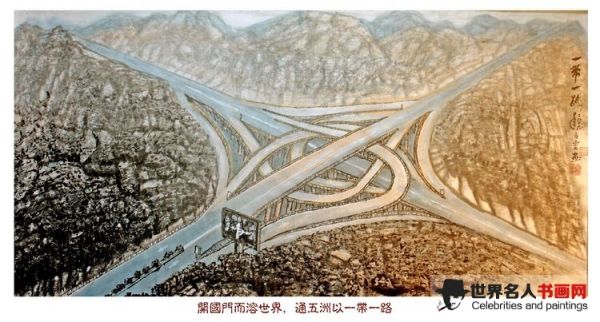
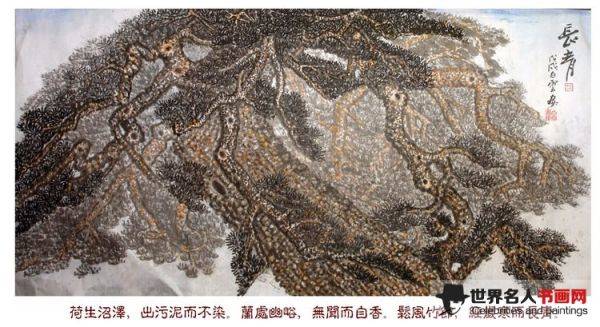
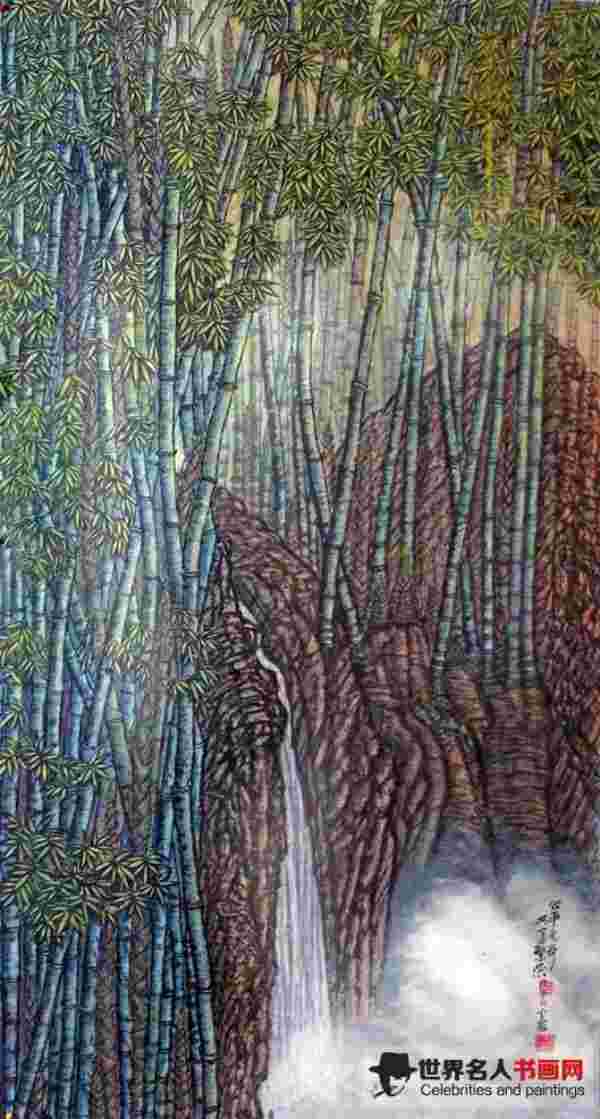
[Landscape of heaven and earth]
Author: Wang Tianshou (original)
I retired at the age of 60 and wrote the novel ordinary life for leisure. In computer school Wang Ma five strokes, two years typing society, the novel also wrote nearly a million words, so in the starting point of the online trial. Upload to the thirteenth time, can not be transmitted, the display "illegal characters.". However, it does not indicate that those characters are illegal characters, so it is difficult to modify them. If you can't get rid of it, you should abandon it. Turn to landscape painting for leisure. Therefore, he searched the ancient and modern landscape painting theory and read it.
For example, Zong Bing's preface to landscape painting, Jing Hao's brushwork, Wang Wei's Shan Shui Jue and Shan Shui Lun, Han Zhe's Shan Shui Chun Quan Ji, Fang Xun's Jing Shan Ju Hua Lun, Zheng Ji's Wang Ji's dream residence painting, Dong Qichang's painting Zen chamber essays, Shi Tao's painting quotations and so on, can be said to have made great efforts. The argument is impartial, the details of the painting can be touched, quite easy to learn.. But we still can't draw after reading. What's the art. It takes time either to learn from others or to learn from others. Self study needs its own method. When we were old enough to come to painting, we had already read thousands of books and traveled thousands of miles. We were talented. But the image thinking is poor, that is, "there is no painting in the heart". We don't have the time and interest to learn how to think in images. For example, Shi Tao's "one stroke technique" is fixed in the Tao's "life two, two to three, three to all things", but we do not know how to draw two strokes!
So we want to find a way to make up for the lack of image thinking. Guo Shu washed the silk and left traces, and Zhang Daqian splashed ink and color, which were all methods to help image thinking. In addition, the method of landscape painting is based on nature. He found a method which was named "splash brush painting met
